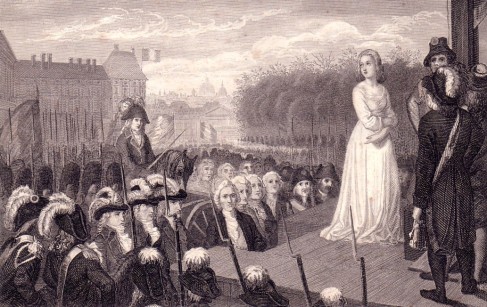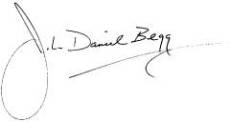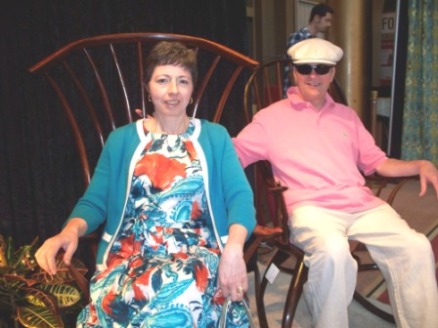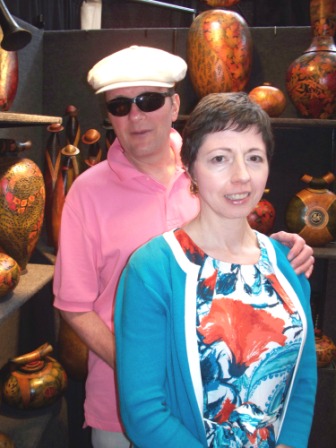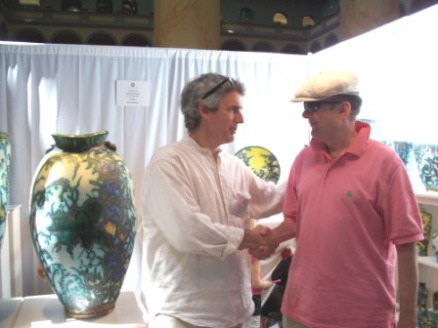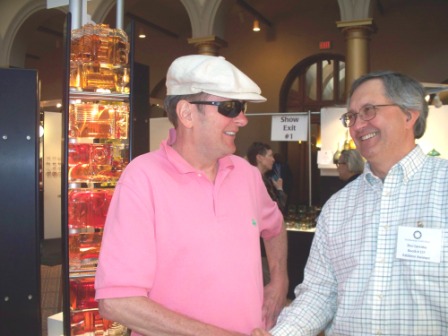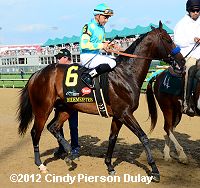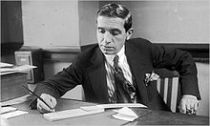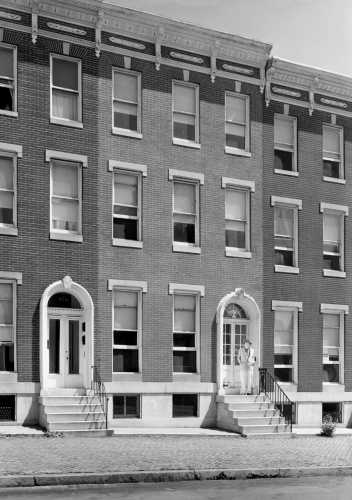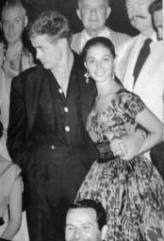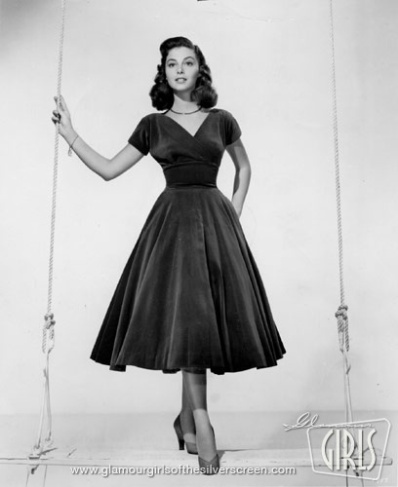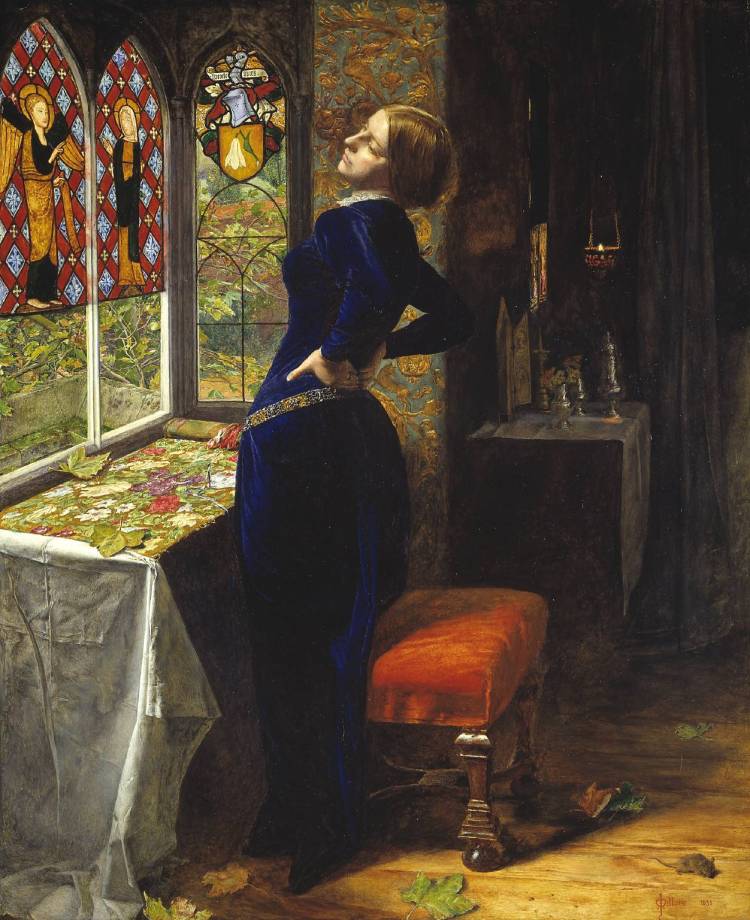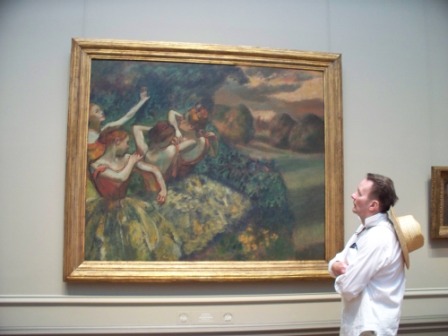Her last cake eaten, at people’s expense, Marie Antoinette faces the judgment of Madame La Guillotine, and directly after, and far more importantly, of her Divine Maker. Revolutions are invariably begun over matters of apparent triviality~~by catalysts seemingly altogether silly~~ but when seen in retrospect~~they are merely the needed match on the dry kindling of societal despair and hardened discontent.
Today, we rely, without much direct comment, upon The Spectator, as the points, by their writers made, appear to us, Res Ipsa. The enemy of the peoples of America and the developed West is not the right or the left, but rather the members of the permanent, single, political super-class, that connives to divide the people and put them off the scent of the real enemy, which is that very political super-class.
A revolution is coming to the West~~it cannot be stopped–only the match is needed to fire the dried kindling.
WE ask, today~~when is an issue not about that which, at first blush, it appears to be about? When is it, instead, a catalyst for seething anger wrought by decades of collective, repeated and deliberate governmental action in defiance of the will of the people? All of the people~~absent the tiny super-class.
For now, we read in The Spectator, of France~~we wonder when, not if, a similar note will be written about the Americans?
In point of fact, let this very note be about the Americans. To those men who went to university to learn how to think properly, that which follows from The Spectator already is about America.
Attend..very..carefully….
Why France’s gay marriage debate has started to look like a revolution.

Paris: Revolutions are often sparked by an unexpected shock to an already weakened regime. As commentators in France remark not only on the crisis engulfing François Hollande’s government but also on the apparent death-rattle of the country’s entire political system, it could be that his flagship policy of legalising gay marriage — or rather, the gigantic public reaction against it, unique in Europe — will be the last straw that breaks the Fifth -Republic’s back.
Opposition to the bill has electrified the middle classes, the young and much of provincial France. On Sunday 24 March, in the freezing cold, the 4km stretch from the Arche de la Défense to the Arc de Triomphe was full of people protesting against the bill. On 13 January, also chilly, the Champ de Mars was similarly crammed. When Johnny Hallyday or the World Cup got crowds like that, people talked of two million. But the police, evidently acting under political orders, have claimed that both demonstrations — which are without doubt the largest public movements in French history — garnered a few hundred thousand at most. Credible accusations surfaced in Le Figaro on Monday night that the film taken from police helicopters on 24 March and released by the Prefecture has been manipulated to reduce the apparent numbers of demonstrators.
Such lies are the sign of a rotten regime. Outbursts such as that of Elie Peillon, the son of the Minister of Education, who on 13 January tweeted that ‘those gits’ demonstrating should be publicly hanged, make Marie-Antoinette’s seem delicate by comparison. Had the mobilisation in Paris taken place in Tahrir Square, the world’s media would be unanimous that a ‘French spring’ was about to sweep away an outdated power structure, especially since the demonstrations (including the daily ones held throughout last week, which culminated in a massive impromptu rally of 270,000 people on Sunday afternoon) are attended by an overwhelming number of people in their late teens and early twenties.
By the same token, had the Moscow security forces tear-gassed children and mothers — as the CRS did on the Champs Elysées on 24 March — or had they dragged away by their necks youngsters who were peacefully sitting on the lawn after the demo — as the riot police did on the night of 18 April — then the worldwide moral policemen on CNN would be frantically firing their rhetorical revolvers. Such repression would be interpreted as a sign that the regime was desperate. Indeed, had the Ukrainian police removed the ‘tent village’ which formed in central Kiev at the time of the Orange Revolution in 2004 — as the Paris police bundled more than 60 anti-gay marriage campers into detention on the night of 14 April — then one suspects that Nato tanks would have rolled over the Dnieper to their rescue. A dozen people were even booked by the police for wearing anti-gay-marriage T-shirts in the Luxembourg gardens, where they were having a picnic, on the grounds that this constituted an unauthorised political assembly.
The government may have rushed the gay marriage law through parliament on Tuesday to try to take the wind out of the sails of this mass movement, but police paranoia of this kind is surely a sign that the French political system is terminally sick. The historical background certainly confirms this. For more than 30 years, every French government has lost every election. With a single exception, you have to be over 50 today to have voted in the last election, in 1978, when the incumbent majority held on to power: Nicolas Sarkozy managed to get a conservative majority re-elected in 2007 only because he profiled himself, dishonestly, as a new broom and as a rebel against the roi fainéant, his former mentor Jacques Chirac. Add to this the fact that in 2005 the referendum on the European constitution produced a ‘no ‘vote — that is, a disavowal of the entire political establishment — and you are confronted with a bitter reality: the French electorate hates its politicians and takes every chance to vote against them.
François Hollande’s election last May was therefore not a victory but only his predecessor’s defeat. He was elected with 48 per cent of the votes, if you include spoilt and invalid ballots, and 39 per cent of the registered voters. His election was especially unimpressive considering the widespread revulsion at Sarkozy’s personal bling and at his betrayal of his own voters. But even so, Hollande’s catastrophic poll rating has broken all records. When in March he became the most unpopular president after ten months in office, his rating stood at 31 per cent. Now it is 26 per cent.

‘It’s wonderfully waspish.’
The immediate cause of the crisis lies in the dramatic alienation of sections of the electorate who voted for Hollande in May. The overseas populations of the Caribbean and the Indian Ocean, and regions like Brittany where the left is as deeply entrenched as in Scotland, are in revolt over gay marriage: the largest French daily, Ouest-France, based in Rennes, has turned against Hollande on the issue. In addition, Jean-Luc Mélenchon, the crypto-communist who ensured Hollande’s election by throwing his support behind him immediately after the first round last May, has now violently abandoned him, albeit over economic policy.
But the deeper explanation for the strength of feeling lies in the fact that, in French law, marriage is indissociable from the right to start a family. There is currently no gay adoption in France and no access for gays or lesbians to medically assisted procreation. These have been legalised to general indifference in Britain, but they are regarded as unacceptable by many in France and as an intolerable attack on the rights of the child. The marches against gay marriage are therefore really marches in favour of the traditional family — and in favour of that ‘normality’ which Hollande promised to bring to presidency but which he has betrayed in favour of the interests of a tiny minority. (Sunday’s demonstration in favour of gay marriage at the Bastille garnered but a few thousand militants.) Even Le Monde admits that normally unpolitical people have been politicised by this issue, to their own and everyone else’s surprise. The 50 per cent of French people polled who say they are in favour of gay marriage evidently do not know what is in the new law, because 56 to 58 per cent say they oppose gay adoption..
The issue, in other words, has touched a nerve in France, a country divided between a globalist elite and a conservative nation, part of which still believes in the family and the state. Dominique Strauss-Kahn’s philandering while head of the IMF revolted many French people precisely because such behaviour seemed to embody the deep link between international economic liberalism and moral collapse. Hollande’s economic orthodoxy (austerity to save the euro) coupled with his support for gay marriage seems but a softer version of the same phenomenon — as does the recent and severely damaging revelation that the former Budget Minister had a secret bank account in Switzerland (and then lied about it).
The disillusionment with Hollande is also acute because this ‘socialist’ President is such an obvious copy of his ‘conservative’ predecessor (just as all presidents since Giscard have been carbon copies of him). Hollande, who campaigned against austerity before the election only to introduce it immediately after, recalls Sarkozy, who was elected with the votes of the radical right only to appoint prominent leftists as ministers in his Blairite ‘big tent’ government. The military adventure in Mali is Hollande’s Libya.
This similarity between the two men throws into the sharpest possible light the systemic crisis of which the endless changes of governmental majority are the symptom: France, like the rest of Europe and much of the industrial world, is governed by one single political superclass which straddles not only nation-states but also left and right. EU politicians spend more time seeing each other than their own voters, while the range of policies actually at stake at any election narrows with each one. This is why voters systematically reject their leaders, and this is why the young have been so massively present in the marches. Such a situation cannot last.
